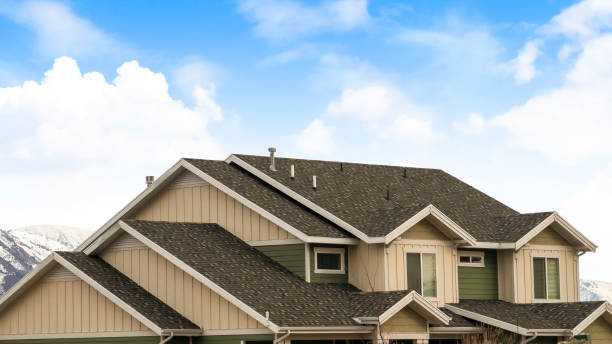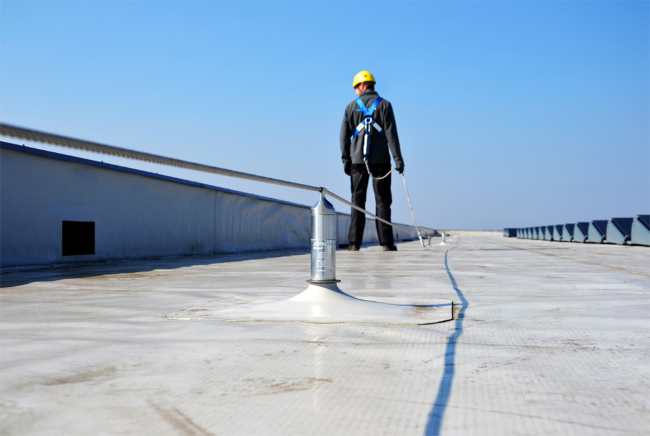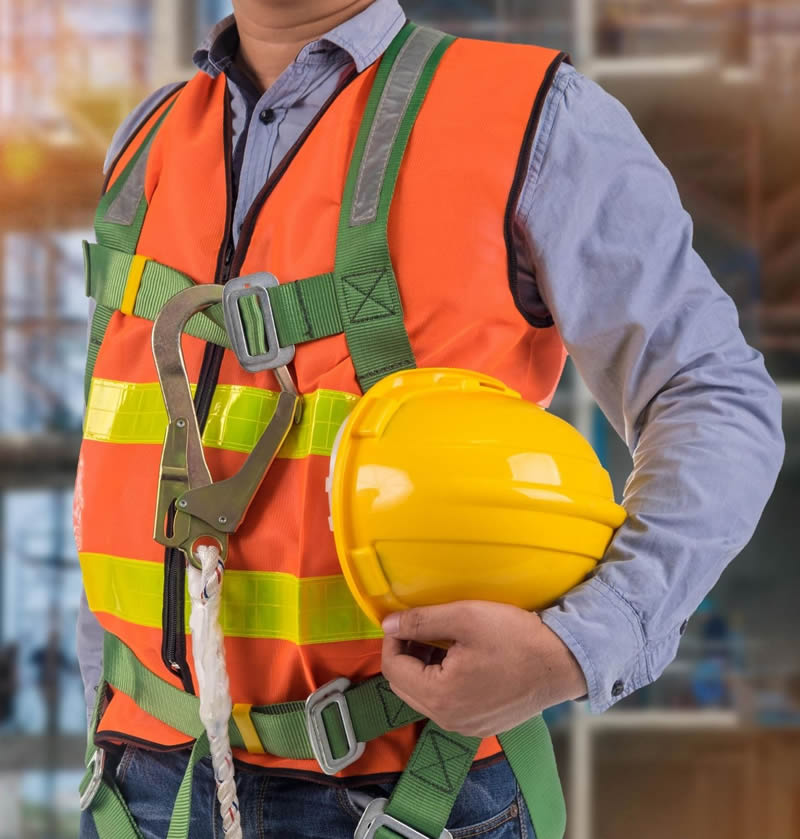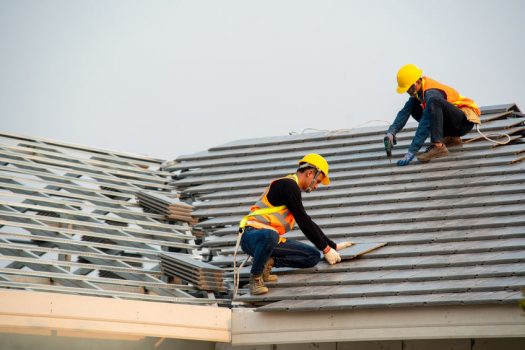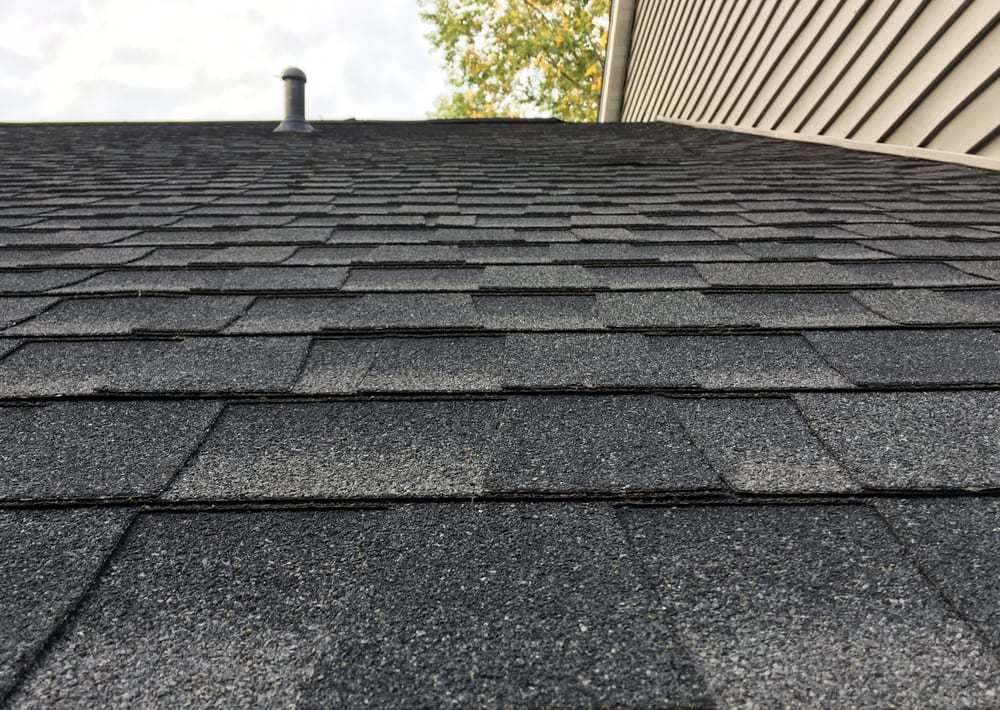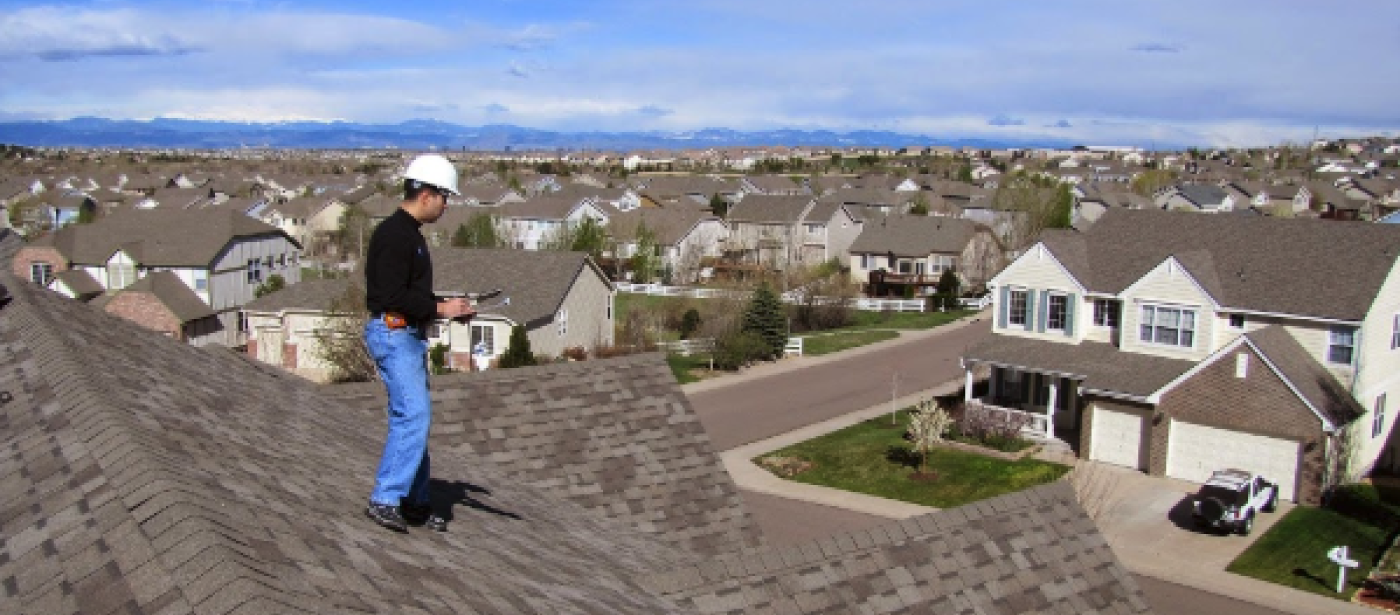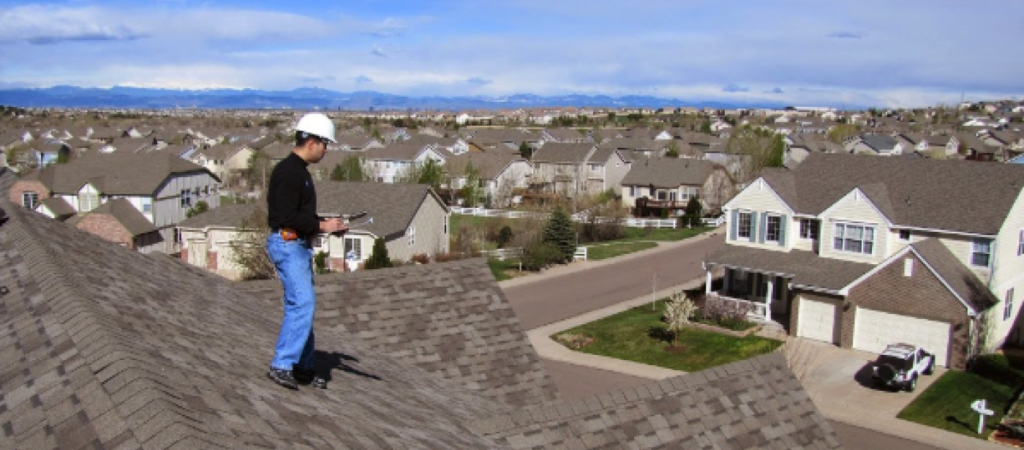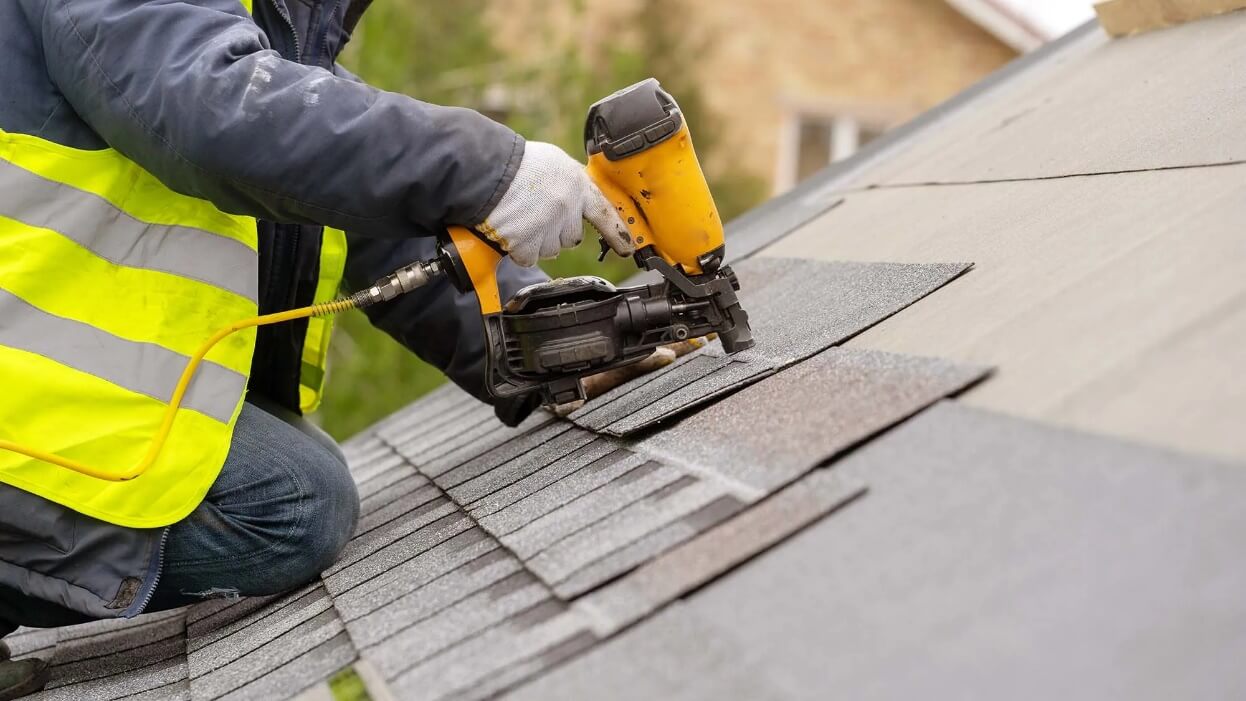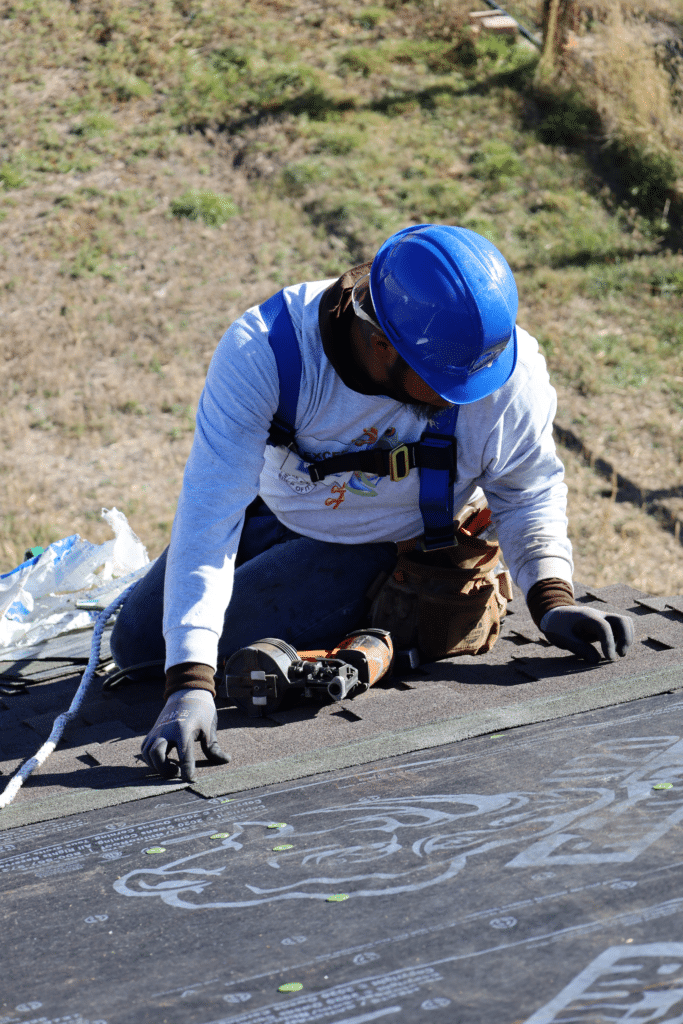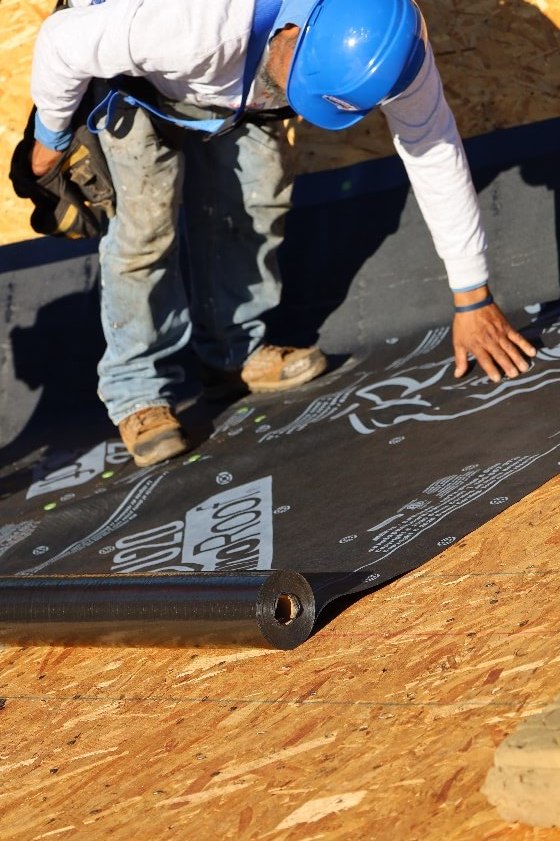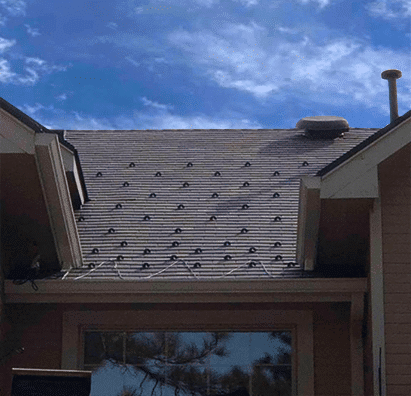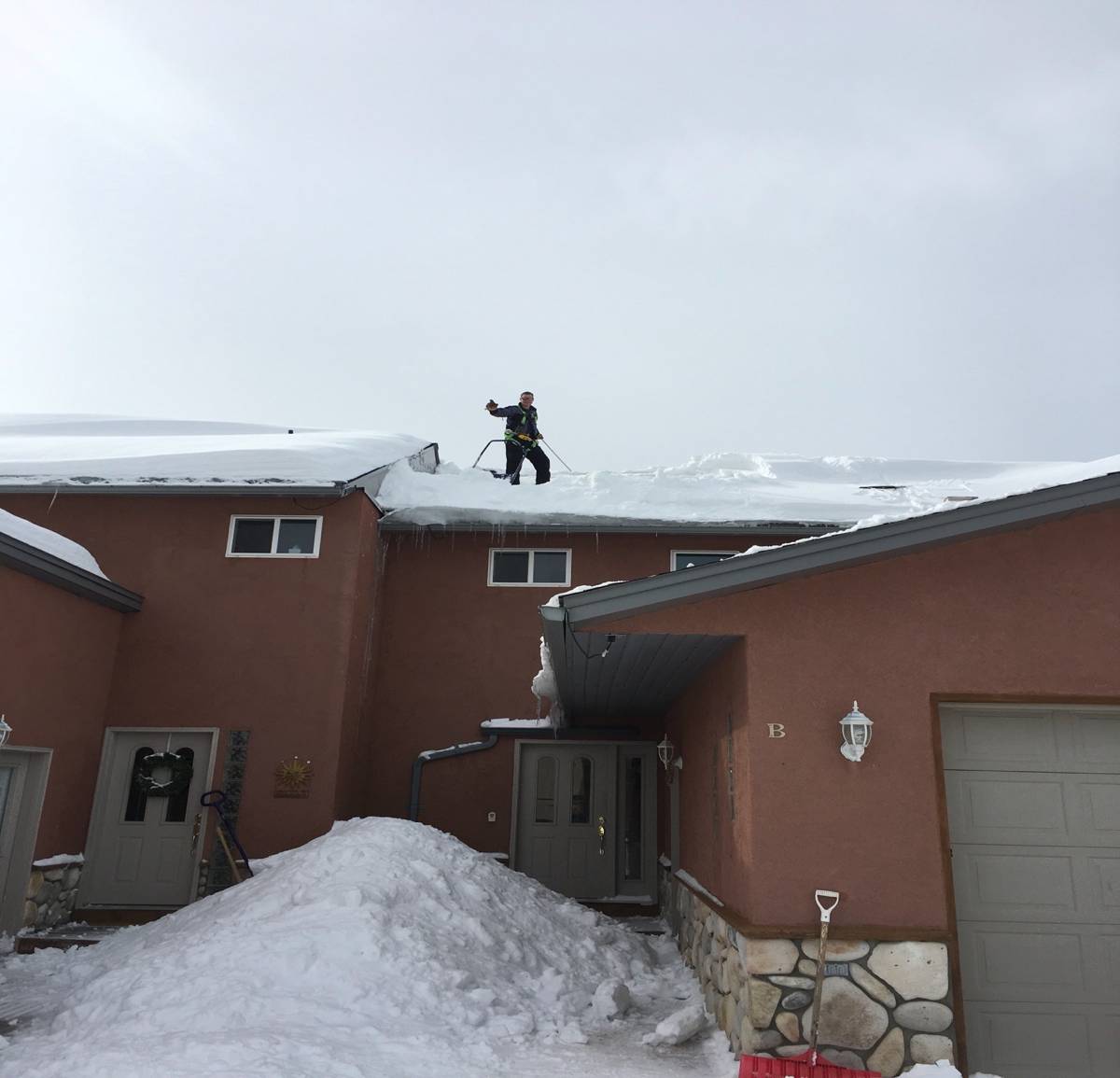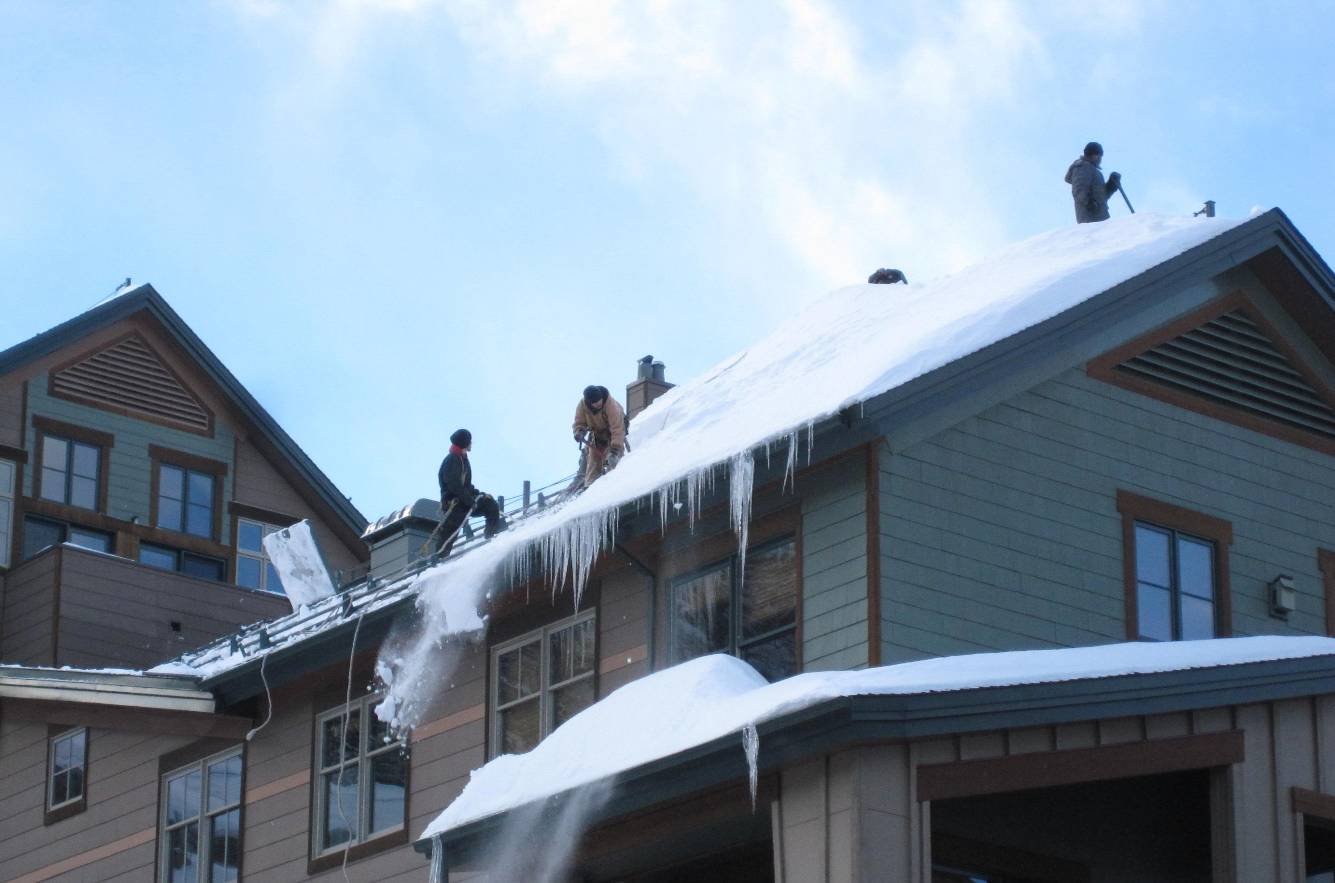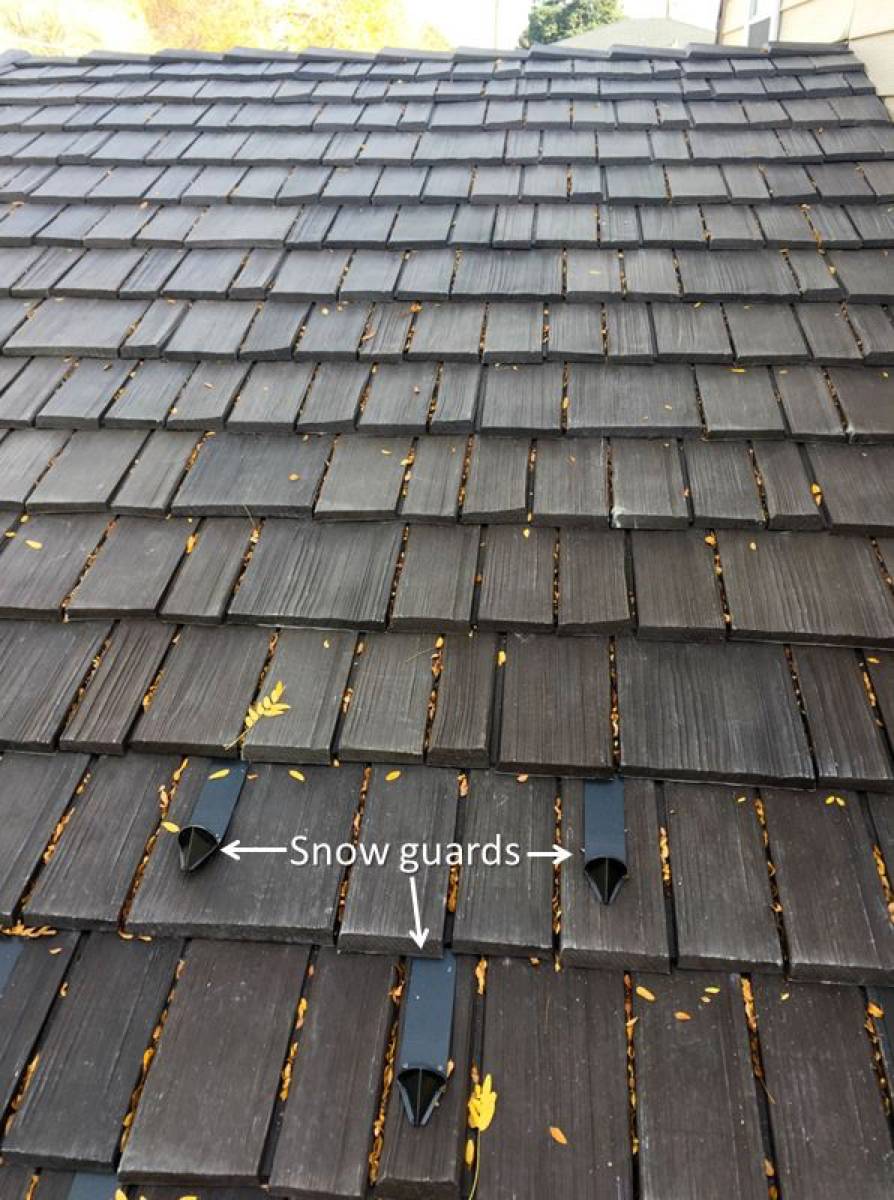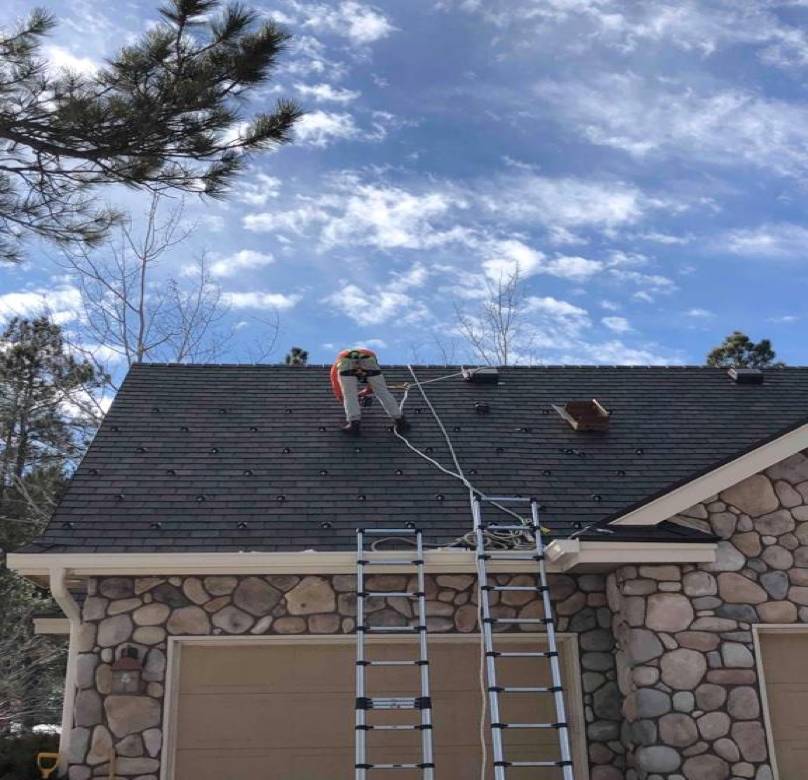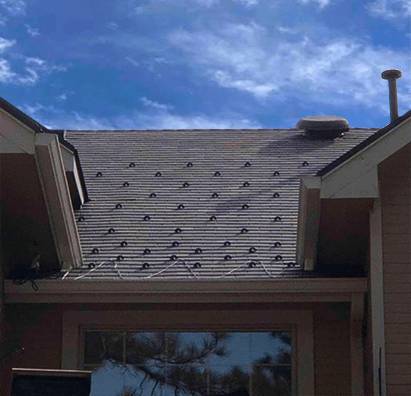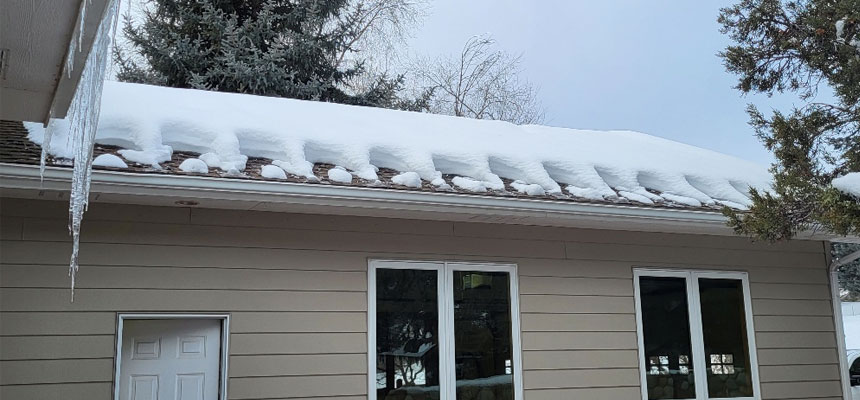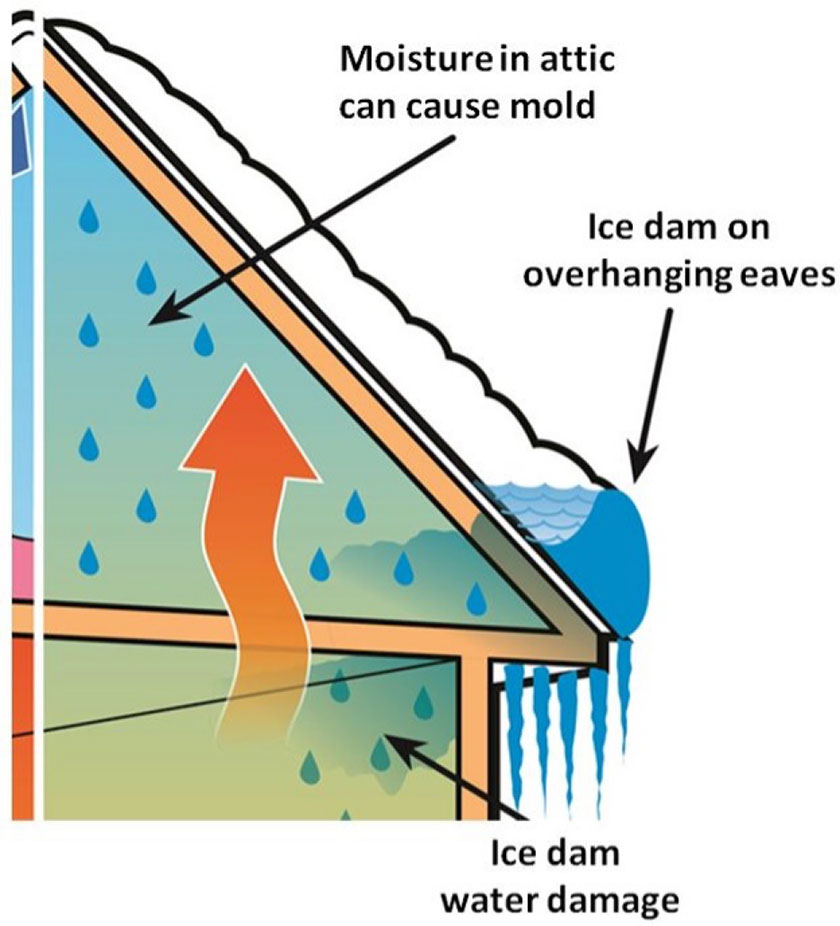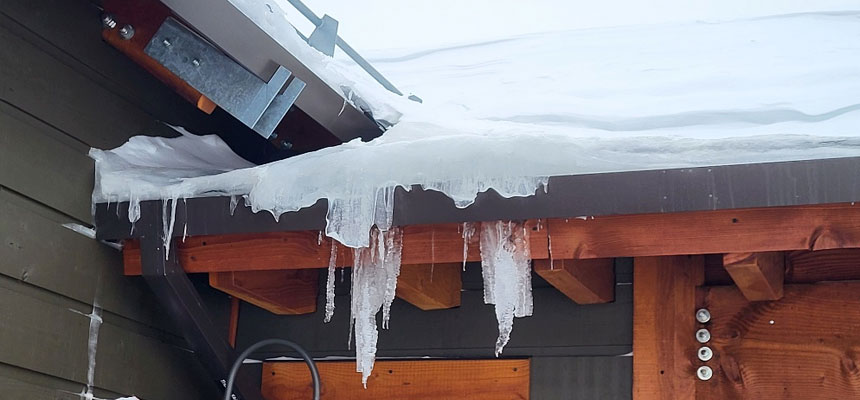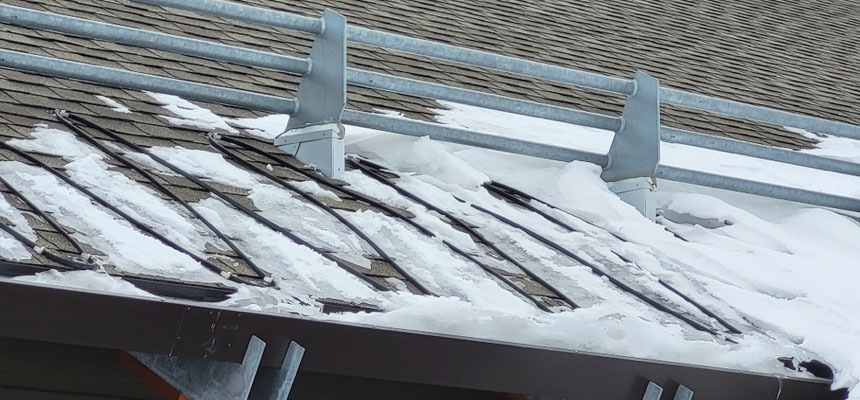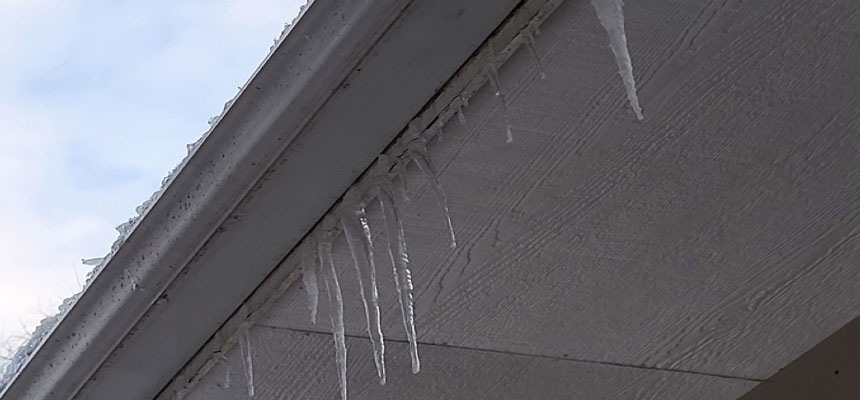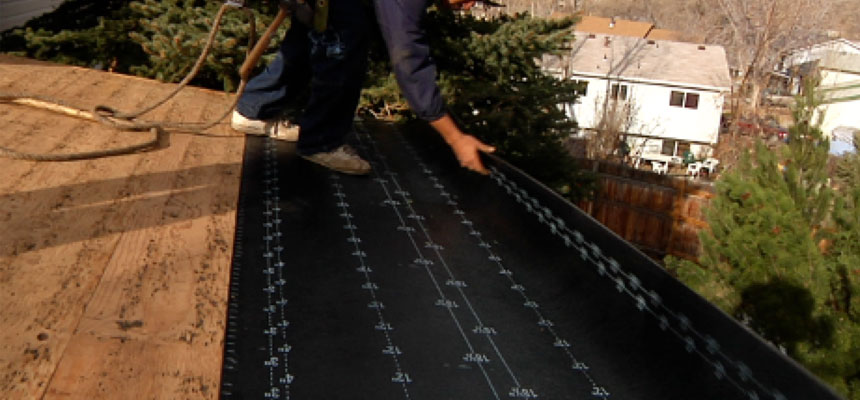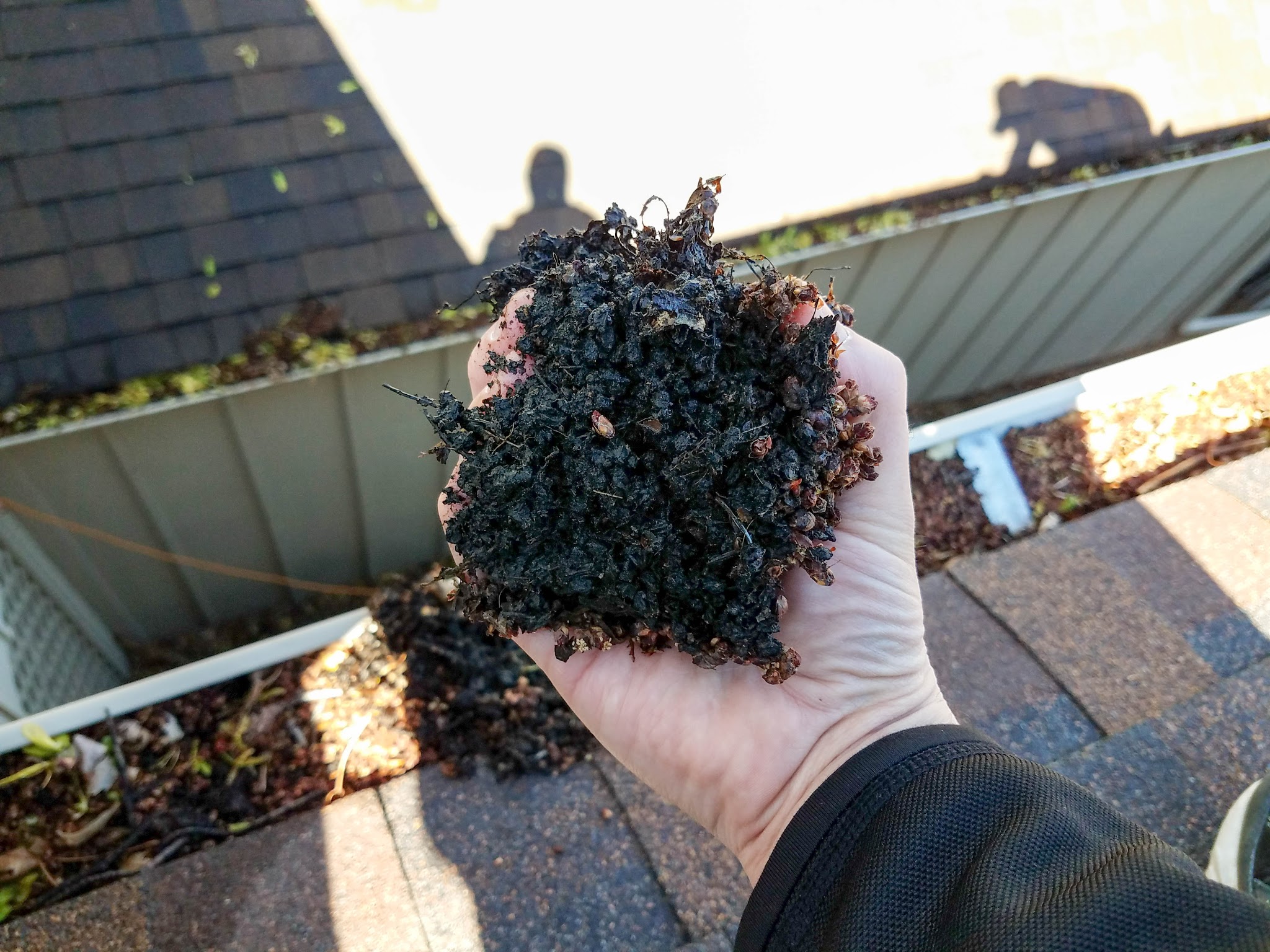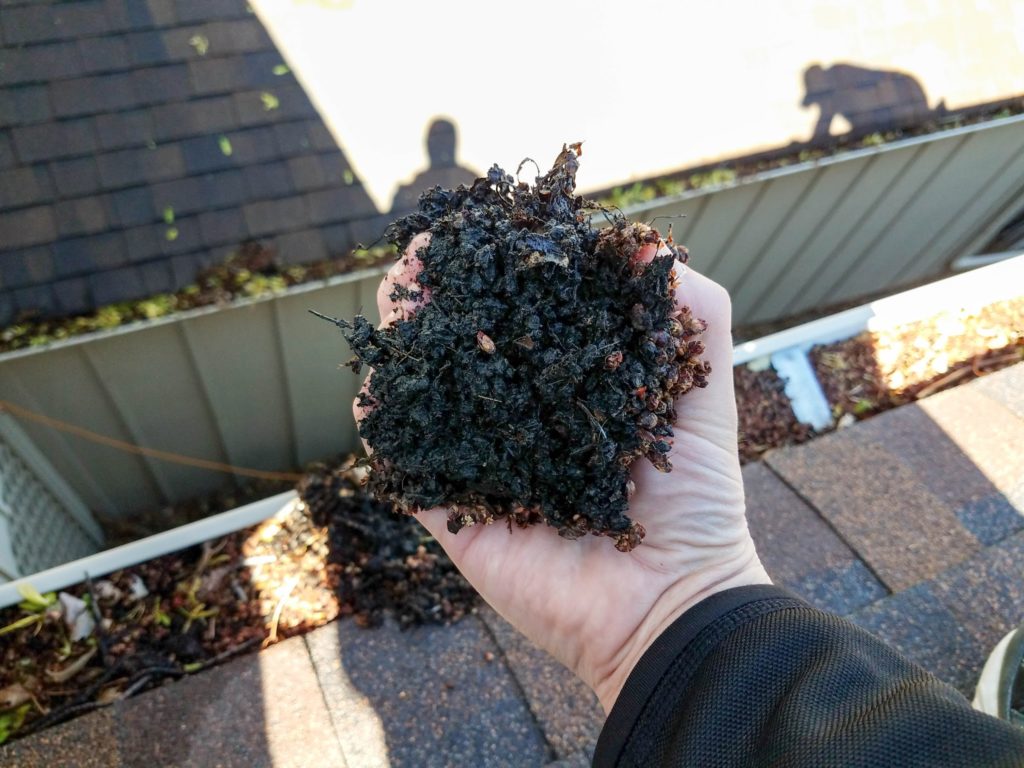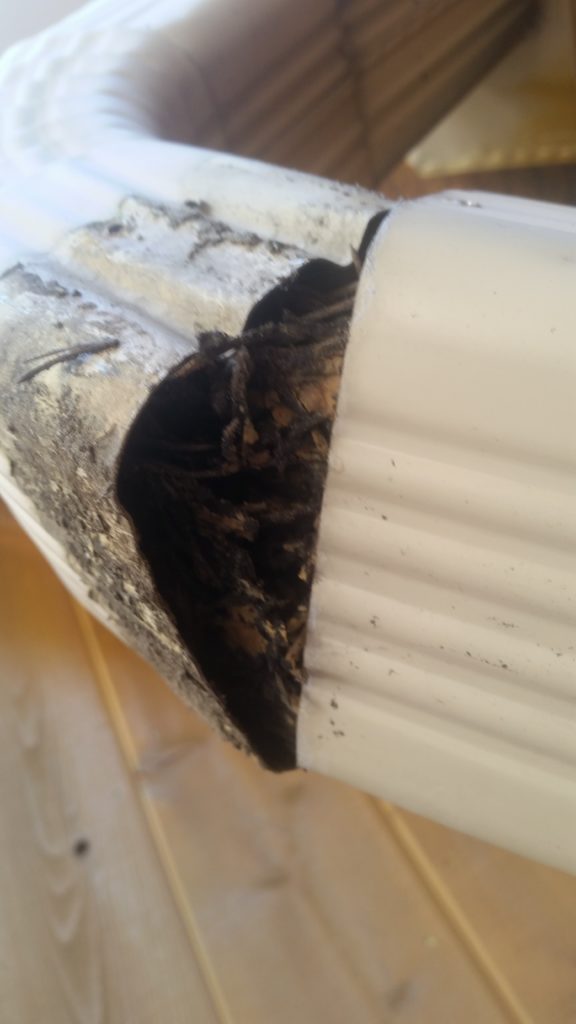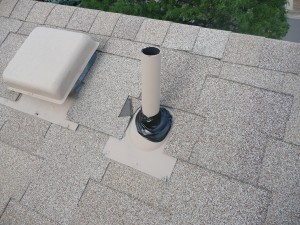What is the Best Roof Warranty
As a homeowner have you ever wondered if your roof has a warranty, and if so, how long does it last and what is covered? Roofing warranties are broken down into two different categories workmanship and materials. When a roofing contractor replaces your roof, they cover the workmanship portion. This covers any errors that could be made during the installation of the new roof. The material warranty is covered by the manufacturer of the shingles and other materials that you pick to be installed. This warranty covers any defects that the shingles or other products may have. Some examples of this could be color fading, extensive granule loss, or excessive heat blistering. Manufacturer and workmanship warranties do not cover acts of god like large hail
Standard Manufacturer’s Warranty / Extended Warranty’s
All shingle manufacturers warranties are not created equal. We believe that the best warranties included a non-prorated period of at least ten years. We believe Owens Corning offers the best warranty in the industry. Owens Corning offer what they call the “TRU Protection Period” for any roofing system that is installed that uses their shingles, plus three of their additional products. The TRU Protection period lasts for 10 years. This means that if there are any defects within that period that Owens Corning will cover all material and labor to be replaced in full. After this period, they will still pay for a portion of the replacement at a prorated amount, unless you purchase an extended warranty.
Extended shingle warranties are always a good idea. Owens corning offers options up to 50 years which can even include extended workmanship coverage for up to 25 years. This link will take you to an explanation of the different extended coverage that Owens Corning offers.

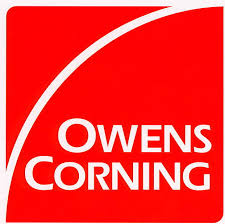
Roofing Warranties – Shingle Warranties | Owens Corning Roofing
Another great option when deciding which shingle to use is Pabco. They are a lesser-known shingle brand in our market but have been around on the west coast for many years. They offer a 20-year non-prorated warranty on their shingles. This is one of the best offers in the industry. The only downside is that they do not offer a complete roofing system.
The Workmanship Warranty
Excel Roofing provides a 5-year workmanship warranty on pitched roofs over a 2/12 slope. The workmanship warranty on repairs and portions of roofs with a slope of 2/12 or less is only 1 year. This warranty covers issues related to the quality of labor that is involved in a roofing project. This can include incorrect installation of the selected material, if there is a leak and it is caused by poor or improper installation it is covered. If there is a leak and you are within your warranty period both the outside and interior work should be covered.
To maximize the warranty benefit for your roof you should ask your Project Manager for more information regarding what options would be best for your specific project. These added benefits will give you peace of mind knowing that if there are any issues with your roof that you will be covered.
https://www.owenscorning.com/en-us/roofing/blog/roofing-warranties-explained



